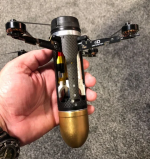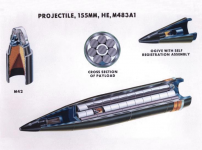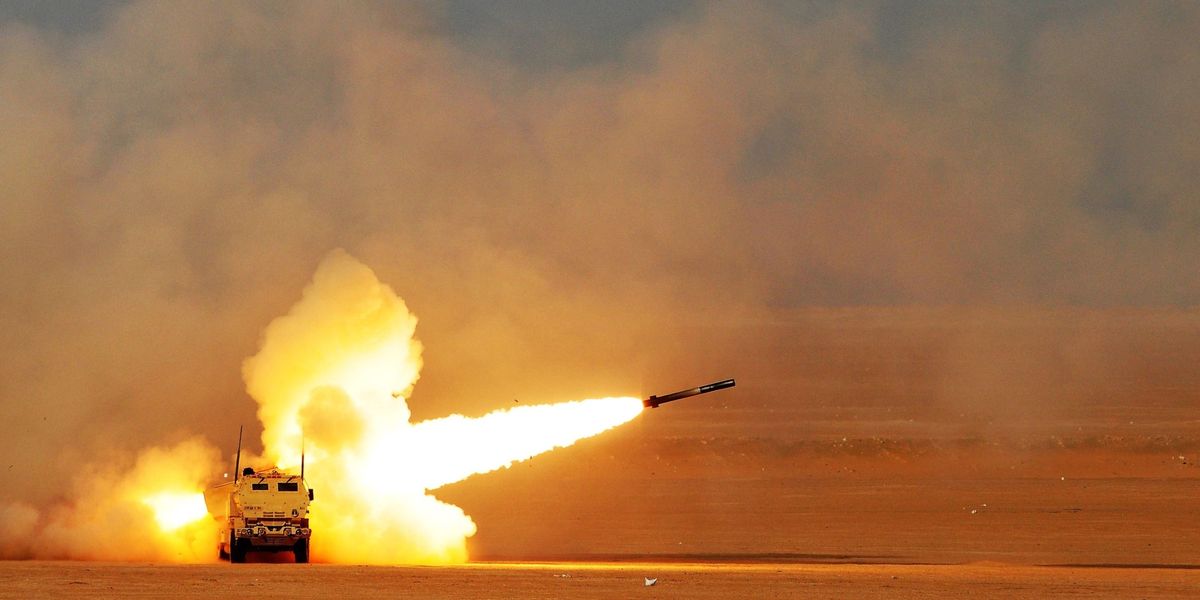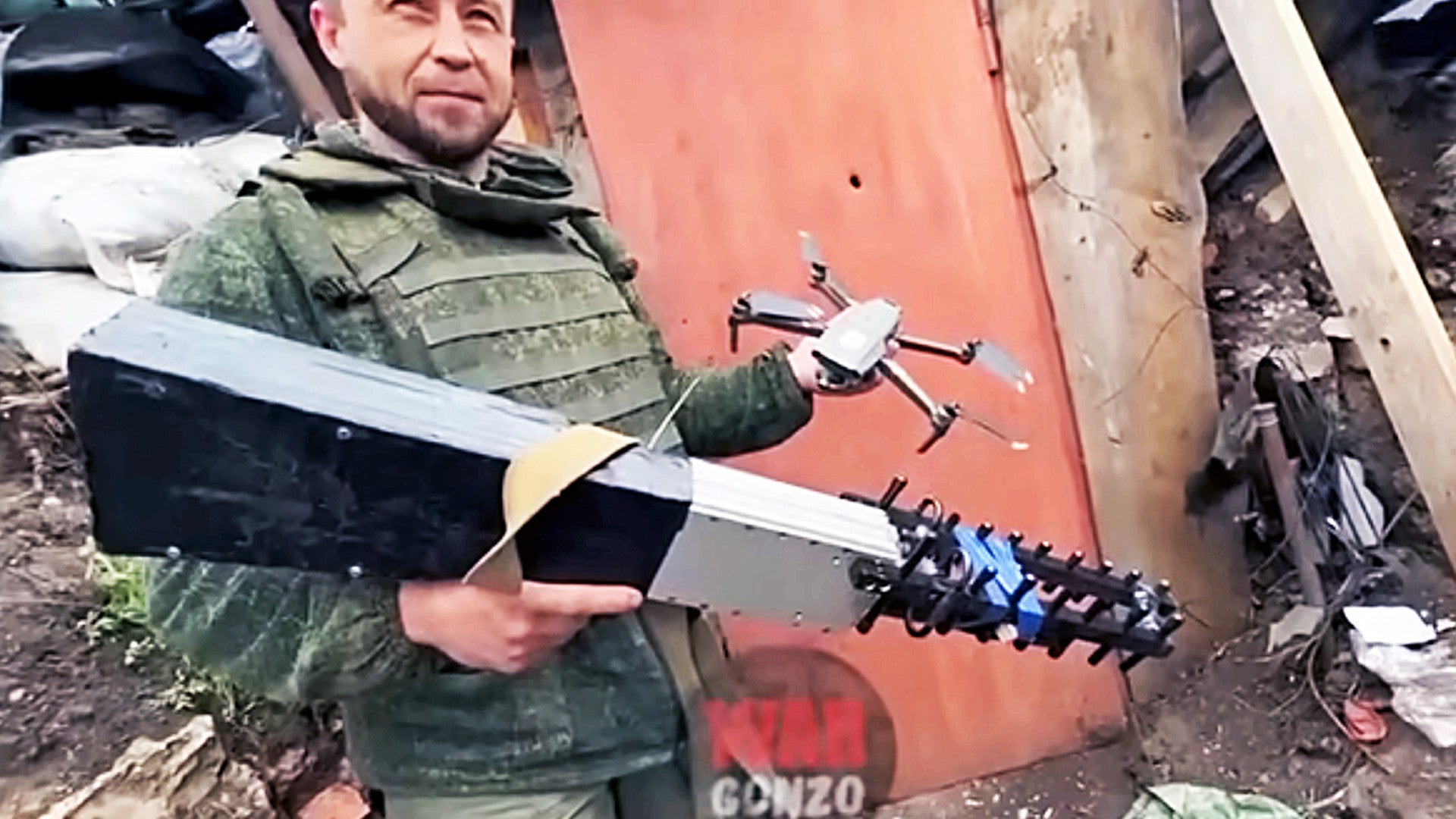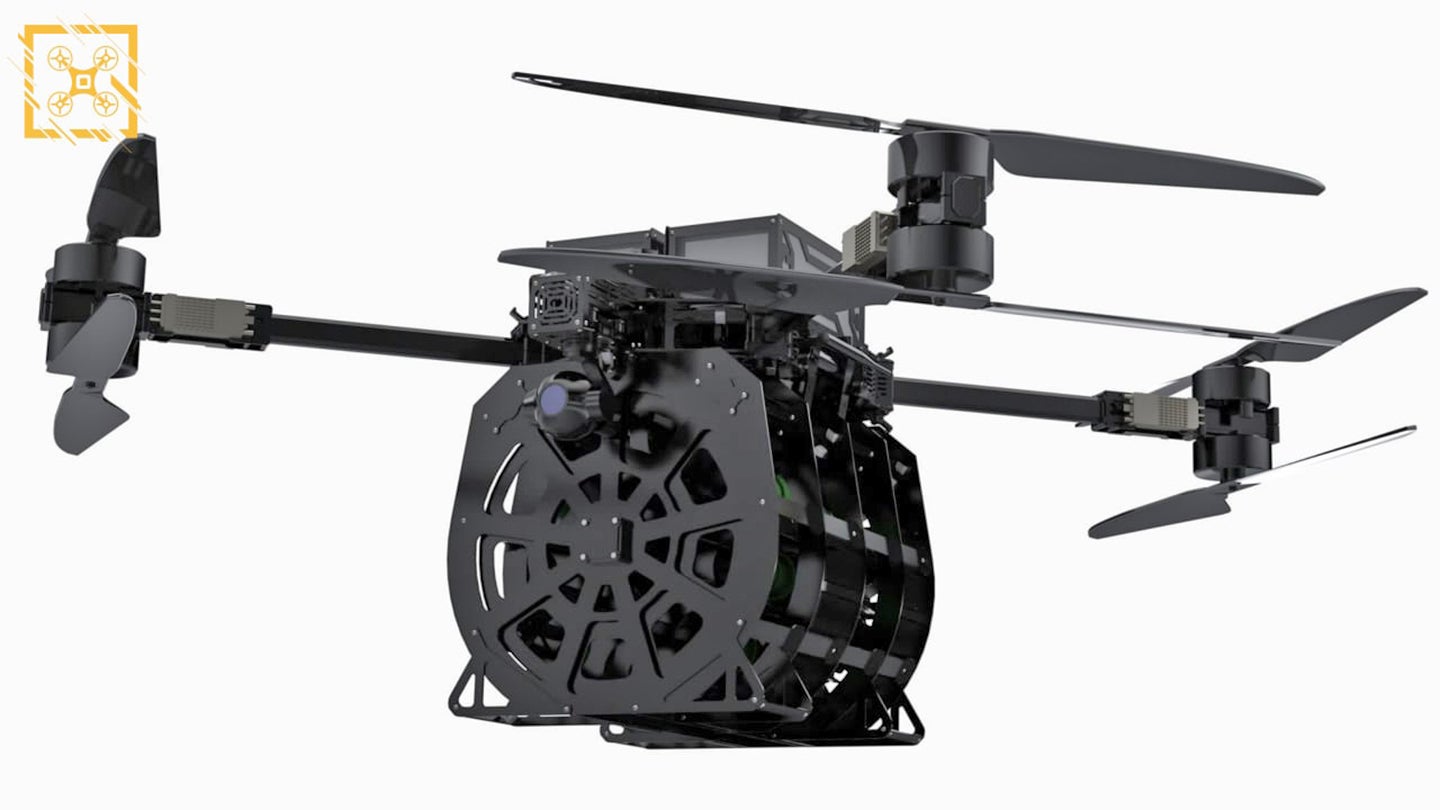- Reaction score
- 18,234
- Points
- 1,160
A couple of months ago (just as the Soviets Russians were beginning to bog down) I did an interview reaching back to 2007 where an artillery observer working with a combat team in complex terrain in Pashmul that was ambushed by roughly a platoon sized force used a TUAV to identify and track the ambush party as it disengaged, set up a cut-off strike with artillery which besides killing a number froze them in place and allowed multiple strikes by A-10s. During this period he never really saw the enemy himself and all communications were done by radios because we were only just beginning to acquire ROVR.
What has struck me particularly about the Ukraine scenario is how little the Russians have done since 2007, or 2014 or, 2020. Or for that matter the West. Our collective air defence capabilities are stuck in Cold War concepts albeit some (but not all) of the weapon system have improved. In short they remained targeted on high performance, high cost aircraft being engaged by high performance, high cost missiles (and in static positions - in which I include ships - high performance, high cost guns)
We seem to have lost the bubble (literally) on protecting the mobile field force against swarms of low cost sensors and effectors. And, IMHO, swarms of low cost sensors and attack munitions will simply become more prevalent as time and technology move forward.
Which leaves us with two predominant questions:
1 How do we protect/defend the mobile field force from these systems in an efficient and cost effective manner? and
2 Will we ever acquire our own systems of low cost sensors and attack munitions so that we can actually strike back?

What has struck me particularly about the Ukraine scenario is how little the Russians have done since 2007, or 2014 or, 2020. Or for that matter the West. Our collective air defence capabilities are stuck in Cold War concepts albeit some (but not all) of the weapon system have improved. In short they remained targeted on high performance, high cost aircraft being engaged by high performance, high cost missiles (and in static positions - in which I include ships - high performance, high cost guns)
We seem to have lost the bubble (literally) on protecting the mobile field force against swarms of low cost sensors and effectors. And, IMHO, swarms of low cost sensors and attack munitions will simply become more prevalent as time and technology move forward.
Which leaves us with two predominant questions:
1 How do we protect/defend the mobile field force from these systems in an efficient and cost effective manner? and
2 Will we ever acquire our own systems of low cost sensors and attack munitions so that we can actually strike back?


